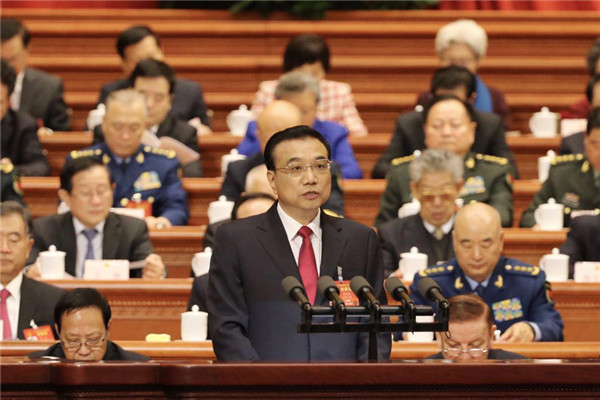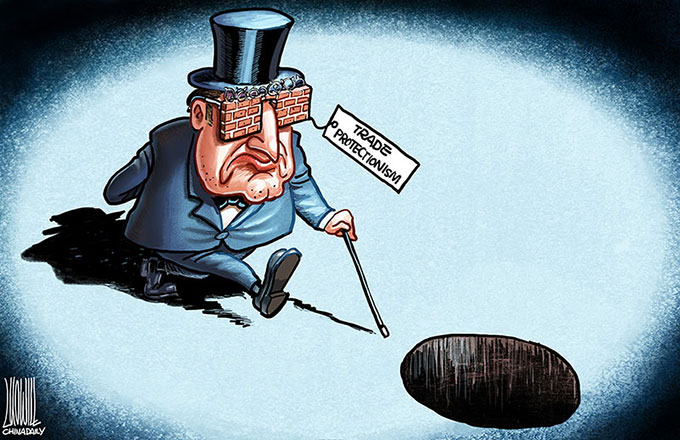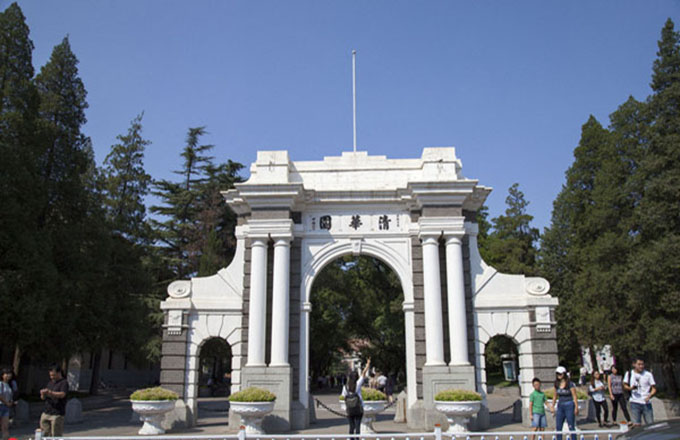China to undertake broader execution of structural reforms
|
 |
|
Premier Li Keqiang delivers the Government Work Report during the opening meeting of the fifth session of the 12th National People's Congress at the Great Hall of the People in Beijing, March 5, 2017. [Photo by Xu Jingxing/China Daily] |
After political consolidation, China is ready to begin a broader implementation of structural reforms.
As evidenced by the discussions at the ongoing two sessions in Beijing, China's leadership is about to take its comprehensive structural reforms to a new level.
In the coming years, the focus will move toward tougher, broader and deeper execution, which is vital for achieving higher living standards in China.
13th Five-Year Plan policies
Adopted in March 2016, China’s medium-term plan (2016-20) reflects policies, growth priorities and guidelines, which are subject to short-term adjustment but guided by longer-term visions. Most importantly, China is moving from its old, low-cost growth drivers toward new industries fueled by innovation-driven development.
The new five-year blueprint incorporates many recent technology-related initiatives, including Strategic Emerging Industries (SEI), Sci-Tech Innovation 2030, Internet Plus, and Made in China 2025. It is likely to elevate the role of advanced manufacturing, modern services and strategic emerging industries as a proportion of GDP.
In 2005, when I first lectured at the Chinese Academy of Social Sciences, experts of research and development (R&D) were very concerned about China’s low level of R&D per GDP (1.3%). In 2010, it still relied on imitation (1.6%) but today the figure (2.1%) is already higher than that of the United Kingdom, or Italy. By 2020, it will be at par with most advanced economies (2.5%); and close to that of the United States (2.7%).
Additionally, the five-year plan features China’s accelerating efforts toward green development, including a tighter carbon intensity target than envisioned in the past Copenhagen pledge. In turn, one of the most sensitive initiatives will focus on the reform of state-owned enterprises (SOE), even at the cost of shutting down the failed “zombie enterprises”.
Furthermore, the plan includes an effort to bridge uneven geographic evolution through regional development, particularly through the Yangtze River Economic Belt, and the new urbanization strategy of large city clusters. Finally, the plan seeks more inclusive growth, including more equitable access to basic public services, and the implementation of the renminbi internationalization.



















